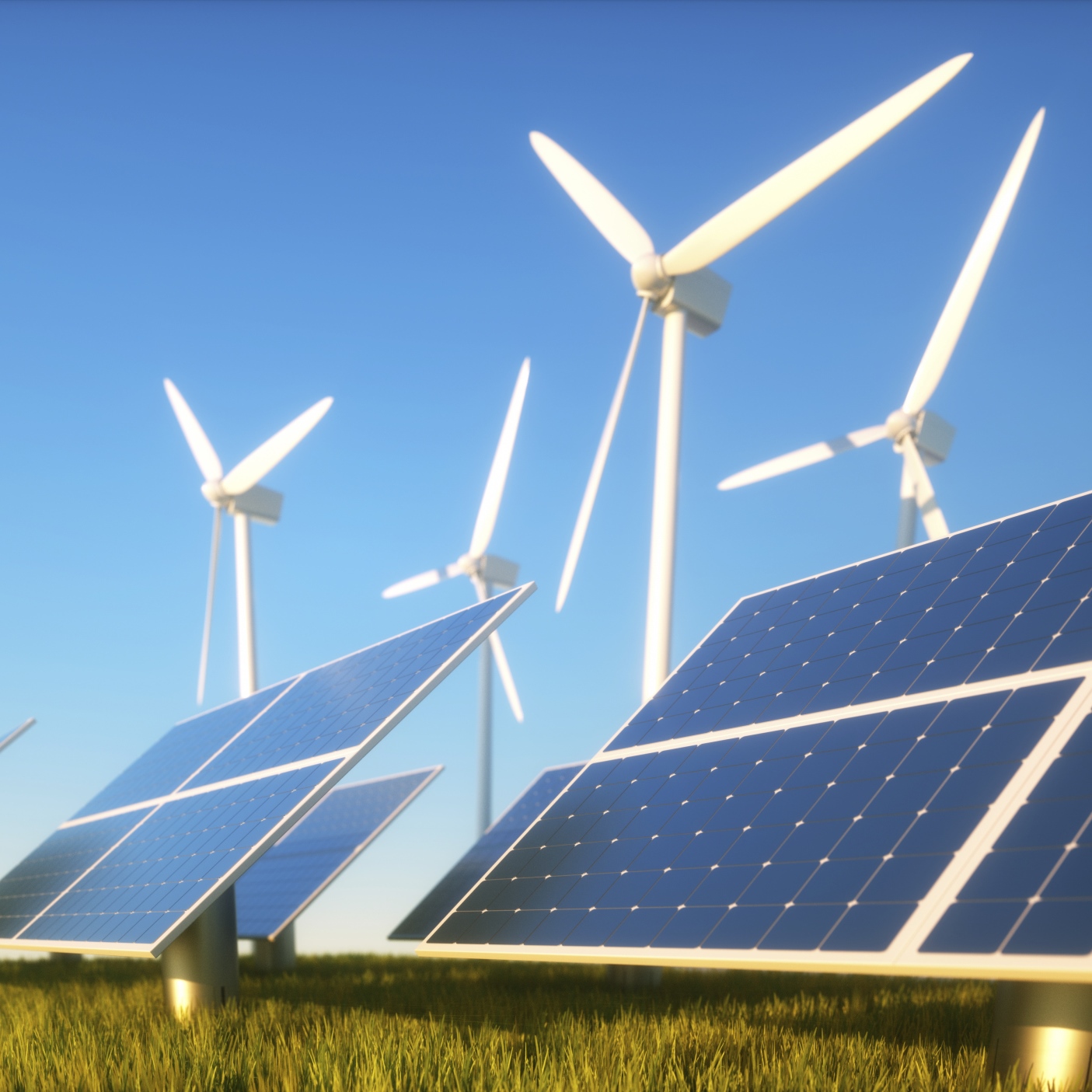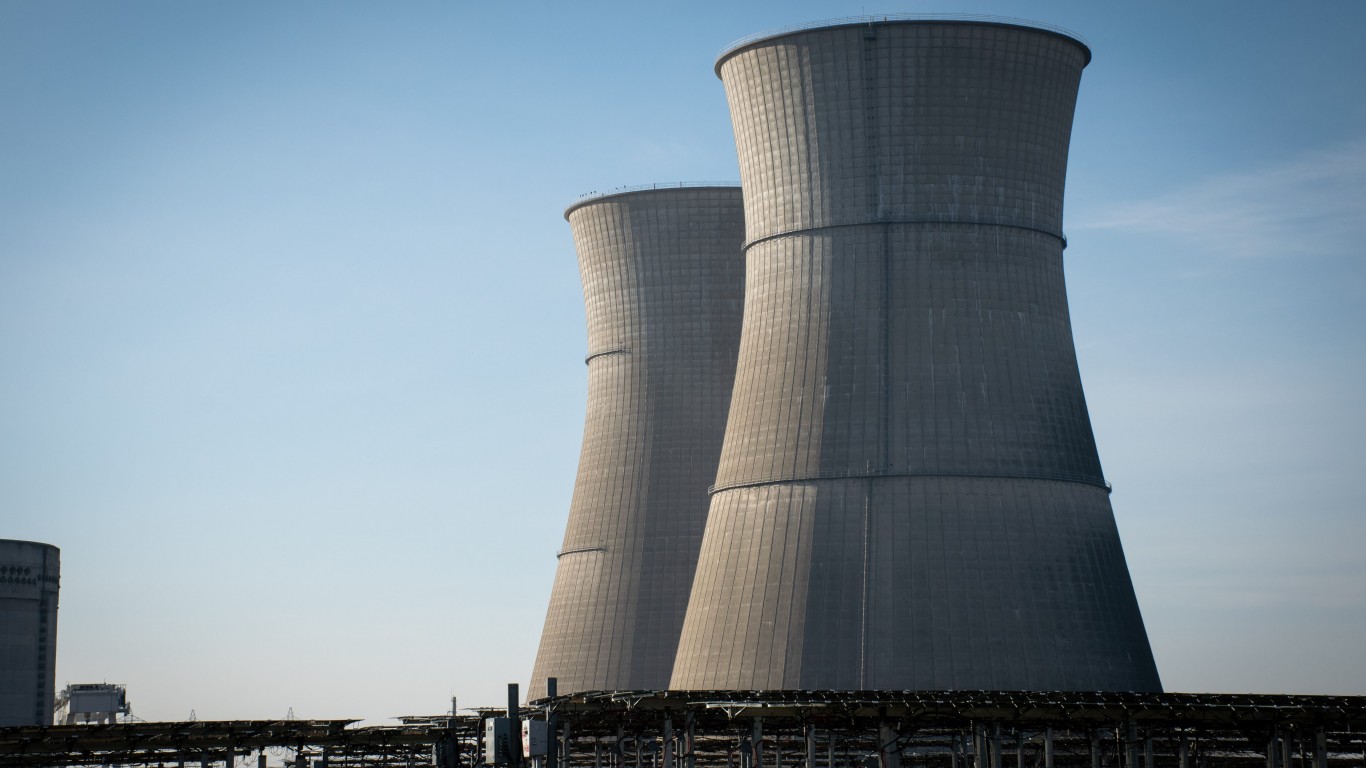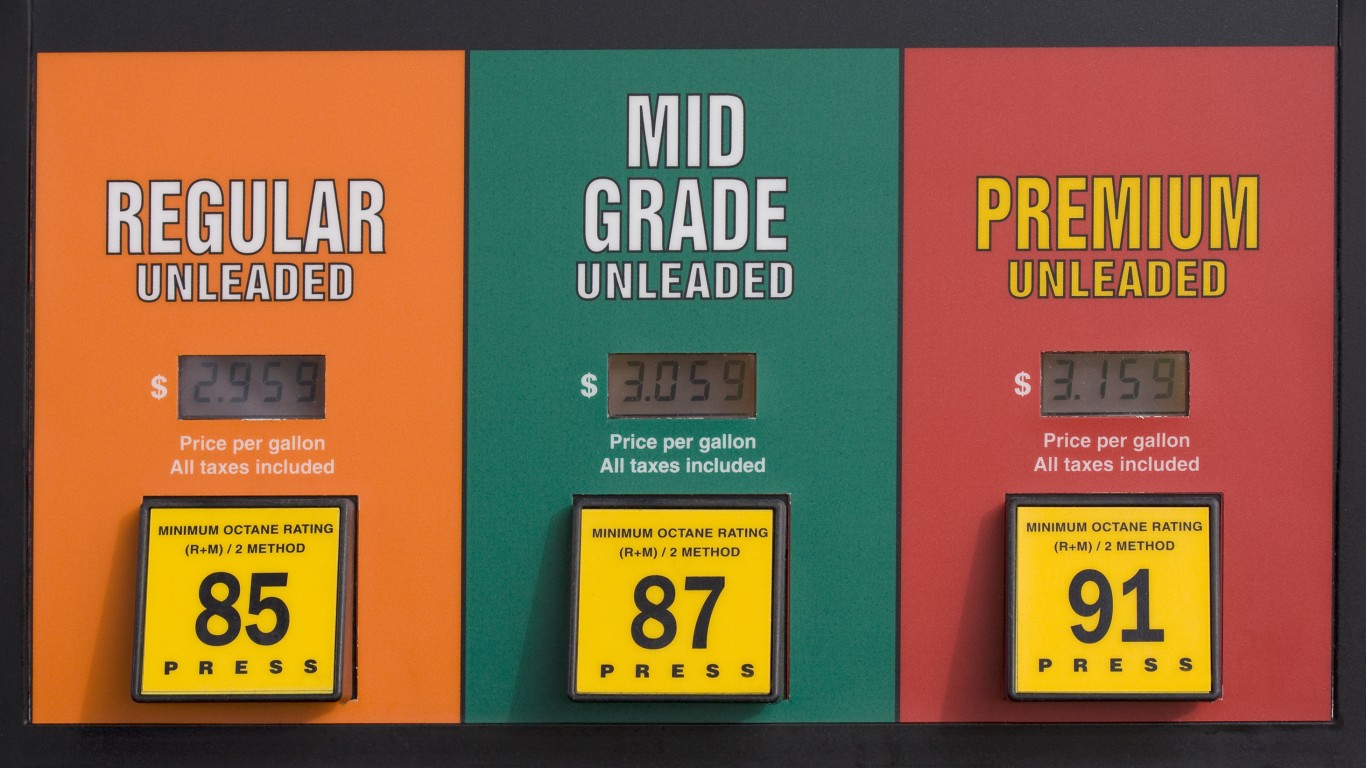
Over the past 10 years, renewable power-generation capacity has accounted for 55% of all new construction. In 2017, the percentage of U.S. power generated from renewable sources rose from 15% to 18%, from 628 terawatt-hours (TWh) to 717 TWh. That total is double the contribution of just 10 years ago and nearly equal to the amount of electricity generated by U.S. nuclear power plants.
Those totals include hydropower, a long-time source of power generation. Excluding hydro, renewable power generation accounted for 62% of new construction last year.
The data were published last week in the 2018 Sustainable Energy in America Factbook, an annual survey by Bloomberg New Energy Finance and The Business Council for Sustainable Energy (BCSE).
Overall U.S. demand for electricity fell by 1.7% year over year in 2017. Both natural gas- and coal-fired generation decreased last year and are forecast to decrease again in 2018. Natural gas-fired generation accounted for 32% of all U.S. power generation in 2017, a slight decline from 34% in 2016. In addition to the overall decline in demand, natural gas prices were higher last year than in 2016.
Last year saw the addition of 10,700 megawatts (MW) of new natural gas capacity come online while announced closures of coal-fired plants total 12,500 MW for 2018, the most coal-plant closures since 15,000 MW were retired in 2015.
Here are some other highlights from the report:
American consumer spending on electricity shrank slightly in 2017 to 1.3% of personal consumption expenditures, down from 1.4% in 2016.
Households put 2.1% of their total consumption towards gasoline and motor fuels, up from 1.9% in 2016. However, overall, Americans continue to direct just under 4% of their outlays to energy-related costs – only 2016 has seen a smaller share.
Energy efficiency provided 2.2 million jobs in 2016, according to the January 2017 report from the Department of Energy. Efficiency was the top employer within the sustainable energy segments tracked in the report.
Among sectors associated with electricity generation, solar employed the highest number of workers in 2016. The solar job count topped nearly 374,000, more than double those from fossil generation, which numbered 151,000 for coal, natural gas, and oil-fired sources combined (not counting employment associated with fuel supply).
Energy productivity, which is the amount of GDP produced by a unit of energy, climbed 2.5% in 2017 as economic growth continued its long-term trend of decoupling from energy use. Since 2008, energy usage has shrunk 1.7% even as GDP has accelerated by 15.3%.
The power sector continues to drive the economy’s de-carbonization – emissions from this sector ebbed 4.2% in 2017, this time on the back of declining load and greater renewable generation (rather than coal-to-gas switching, a primary driver of 2016’s 5.8% downturn).
Power-sector emissions now sit 28% below their 2005 peak, which puts the U.S. only 4 percentage points away from achieving its former Clean Power Plan target of 32% below 2005 levels by 2030. The rapid emissions reduction in the power sector has also helped to bring the U.S. halfway to its abandoned Paris Agreement target of slashing economy-wide emissions to 26% below 2005 levels by 2025.
The full 2018 report on sustainable energy offers more details and information on U.S. energy use.
It’s Your Money, Your Future—Own It (sponsor)
Retirement can be daunting, but it doesn’t need to be.
Imagine having an expert in your corner to help you with your financial goals. Someone to help you determine if you’re ahead, behind, or right on track. With SmartAsset, that’s not just a dream—it’s reality. This free tool connects you with pre-screened financial advisors who work in your best interests. It’s quick, it’s easy, so take the leap today and start planning smarter!
Don’t waste another minute; get started right here and help your retirement dreams become a retirement reality.
Thank you for reading! Have some feedback for us?
Contact the 24/7 Wall St. editorial team.




